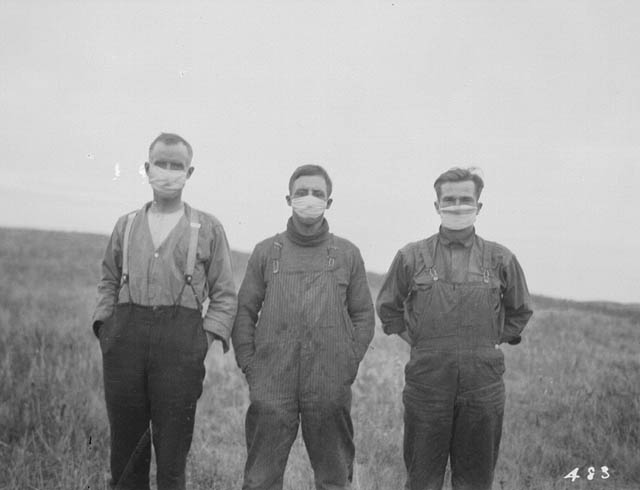
This year’s influenza vaccine is supposed to roll out to pharmacies and clinics on Oct. 21 — just in time for the beginning of the flu season — but it seems that there are still barriers to people receiving the annual vaccine.
The Public Health Agency of Canada reports that only 38.3 per cent of Canadians rolled up their sleeves for the 2017‑18 influenza vaccine. This is a trend that has been occurring for the past several years. The aim is to have high-risk populations, like seniors and adults with chronic medical conditions, hit the vaccination rate of 80 per cent. However, both groups failed to meet this target.
Of those who didn’t get the flu shot last year, 22.4 per cent said they thought the vaccine was not necessary.
Hitting the vaccination goals for the 2019-20 season may be more difficult than just trying to convince the public that it’s worth getting. There are concerns across Canada and much of the northern hemisphere about vaccine shortages. While the vaccines generally arrive towards the end of October, PHAC announced that only about half of the supply is ready to be delivered to Canada pharmacists and physicians.
The supply issue stems from a delay in deciding which viruses to include in this year’s mix. Influenza viruses are one of the world’s greatest shapeshifters. The virus has a unique genome which allows the genetic material to be shuffled like a deck of cards. Sometimes this shuffling event gives you a set of cards with one new variation — say a diamond instead of hearts.
These viral drifts are enough to change the appearance of the virus, allowing it to sneak past your immune system and get you really sick. These tiny mutations also make it really difficult to estimate the right viruses for the vaccine.
This year, the World Health Organization debated the addition of the H3N2 strain into the mix and the delay in decision making led to a lag in production. The influenza vaccine is made by growing the virus in chicken eggs. The process from egg to the finished product found in the syringe takes time.
H3N2 is a problematic strain that has a tendency to mutate fast and frequently, making it difficult to match the vaccine recipe to the years circulating virus. It is speculated that the WHO took extra time to see if they could get a better prediction of this year’s strain.
But if the shortage leads to a delay in rolling out the vaccines, it may have a pretty large impact on this year’s influenza rates. And it’s possible that influenza is already hitting the country ahead of schedule.
Influenza has a strange reputation. People don’t generally fear the flu and shrug off protective measures. But the illness isn’t as harmless as many people believe. Each year, seasonal flu results in 250,000 to 500,000 deaths worldwide. And that’s just with your regular ol’ virus.
Sometimes, you get a deck‑of‑cards genome shuffling that deals you a whole new hand, a royal flush for the virus. This event is called an antigenic shift and produces a whole new strain that your immune system has never seen before.
This leads to pandemics or worldwide outbreaks with severe illness. Our last one was the 2009 swine flu pandemic, but that pales in comparison to the 1918 influenza pandemic, known as the Spanish Flu.
Just over 100 years ago, a new influenza virus emerged and spread across the entire world. It was one of the worst pandemics in the 20th century and killed more people than World War I. It’s estimated that 20 to 50 million people died from this outbreak of influenza. And it had the hardest impact on the healthy and young.
The influenza vaccine isn’t perfect, but it does have protective effects and can save you from serious illness and complications. Finding a universal influenza vaccine has been the goal of researchers for several years now and the first promising candidate has entered into human trials earlier this year.
In the end, we need to change our relationship with influenza and recognize that it is something that makes us really sick each and every year. Why not protect yourself in anyway you can?
—
Erin Matthews/ Opinions Editor
Photo: Public Domain